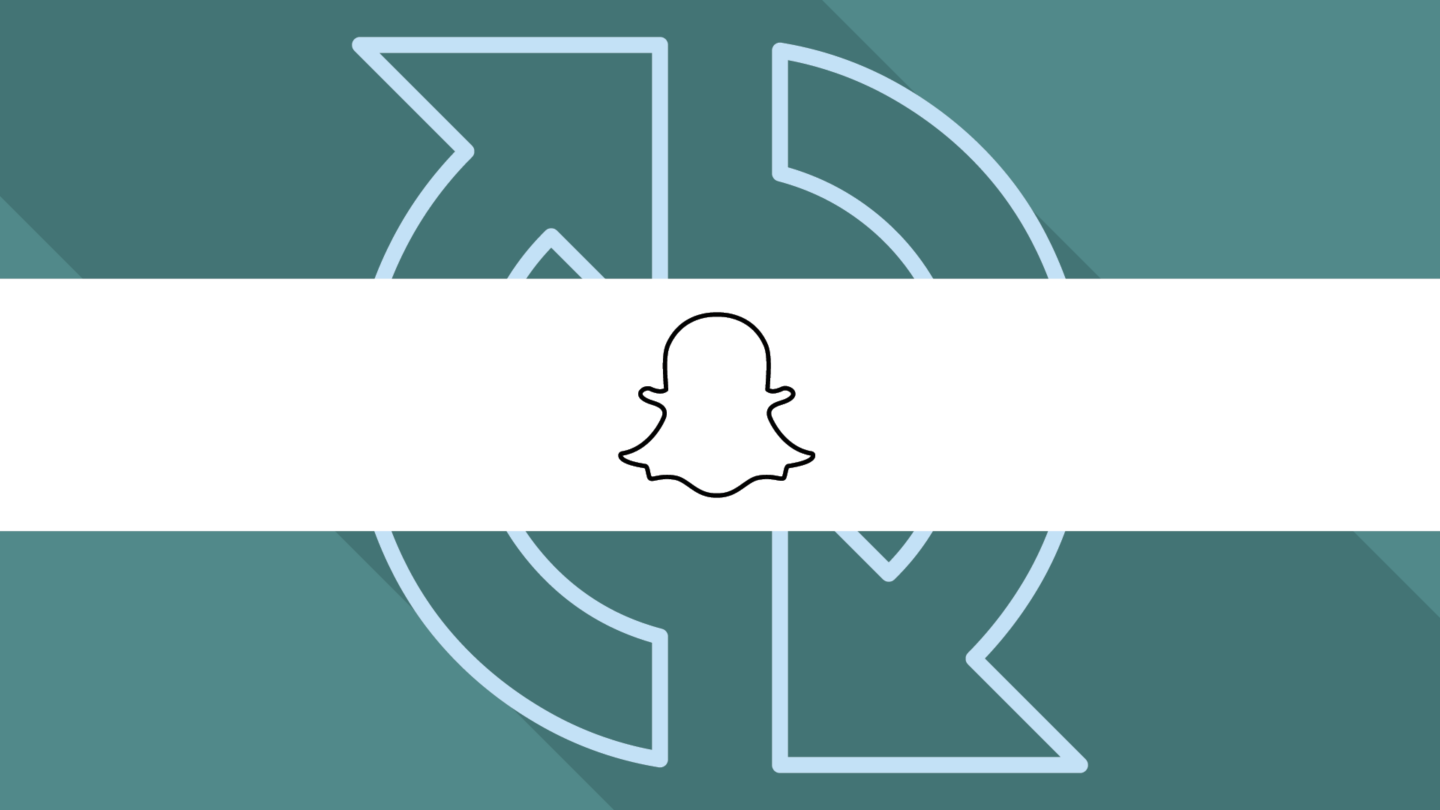The Age of Snapchat and How to Use This Rapidly Growing Platform

The disappearing messaging platform, Snapchat, was first introduced at the end of 2012 and started to gain momentum in 2014. It's certainly had its ups and downs (with Instagram's copycat Stories being one of its biggest downs), but since Snapchat released its new advertising platform in summer 2017, it is rapidly becoming a more and more advanced platform.
Although it has offered advertising options for big brands for a couple of years, the platform is working to become accessible to businesses of all shapes and sizes.
One of the biggest changes to Snapchat’s advertising options is the type of action your business can bid on. Originally, businesses could only bid on swipe-ups (where a user swipes up on a snap to access more content—these are equivalent to clicks on Facebook), but now Snapchat is starting to offer options that are further down the funnel as well, making it a stronger competitor. For instance, for Mobile App campaigns, your business can now bid on the App Install event itself instead of just the swipe-up on the ad.
Let's dive into a few more of the biggest changes in Snapchat's advertising platform.
One of Snapchat's biggest challenges was getting user data and demographics for advertisers to use. After all, Snapchat doesn't have the same capabilities of Facebook, so finding out user interests was proving to be difficult. After Snapchat's new advertising platform release and the rollout of their redesign, they've managed to gather more and more information on their users.
Snapchat can now use user seed list and create three types of audiences:
The platform is also currently testing audiences that populate based off real-time location, which is exceptionally useful for showing ads to people as they’re passing your business or event. Whereas other platforms like Facebook and LinkedIn make use of data that the users themselves store onto a profile, Snapchat is taking advantage of the GPS aspect of their app and targeting users based off what kind of venue they are near, be it a restaurant, a bank, a school, or any number of other places.
Snapchat is unique in that it has branded itself as a platform of native, organic, “homemade” content. They are so honest to this point that they make it very obvious when someone has uploaded something to their Story feature rather than taken a photo in the app.
This opens up a window of opportunity for advertisers. We can really get creative with ad ideas, not to mention the cost of User Generated Content-style ads is much lower than that of high quality, highly produced content.
In fact, we find that low-production creative performs about 55% better than high-production creative from a CPA (cost per action) standpoint. On Snapchat, videos that look like your friend took them on their phone are more engaging than videos that look filmed in a studio.
Despite Snapchat Ads being very new, it's still a compelling, relatively low-cost platform that we highly recommend to brands that fit the Snapchat demographic. It's perfect for brands catering to young people, brands that are successful with video content, or brands that can get a message across in 10 seconds or less (which is the Snapchat video length limit).
Learn more about social advertising by reading this article about generating leads with Facebook lead ads to see which platform you'd like to start with first.
